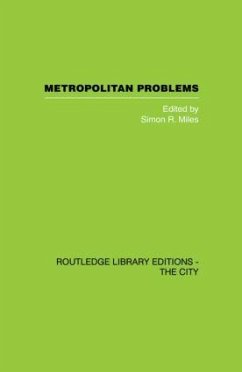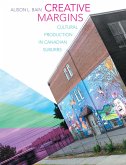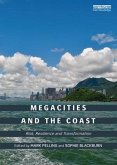In the early 1960s, the bureau of Municipal Research (in metropolitan Toronto) decided that a significant way for it to celebrate Canada's centennial would be to initiate a systematic international study of the world's metropolitan areas. The study, with the official cooperation of the United Nations, was designed to produce positive insights into the methods of coping with the interlocking sets of problems associated with the expansion of the modern metropolis. Twelve papers on various aspects of metropolitan problems were commissioned from an international body of experts. Working with these experts were study groups drawn from forty major metropolitan centres throughout the world. After making exhaustive studies of their respective urban centres, the groups reported their findings and submitted detailed briefs through their representatives at the conference. Throughout the symposium, a conscious effort was made to examine single aspects of social, economic and physical change within the overall perspective of the metropolis. The book reflects this approach. Each chapter directs attention to specific problems of the metropolis, problems resulting from the contradiction between accelerating technology and our ability to cope with the incredible pace and rate of change. Together they prove that, despite differences in technology, culture, and political and social matters, the major urban areas of the world do have much in common. Emerging tendencies can be analysed and corrective and preventative measures be made through comparative analysis. .








